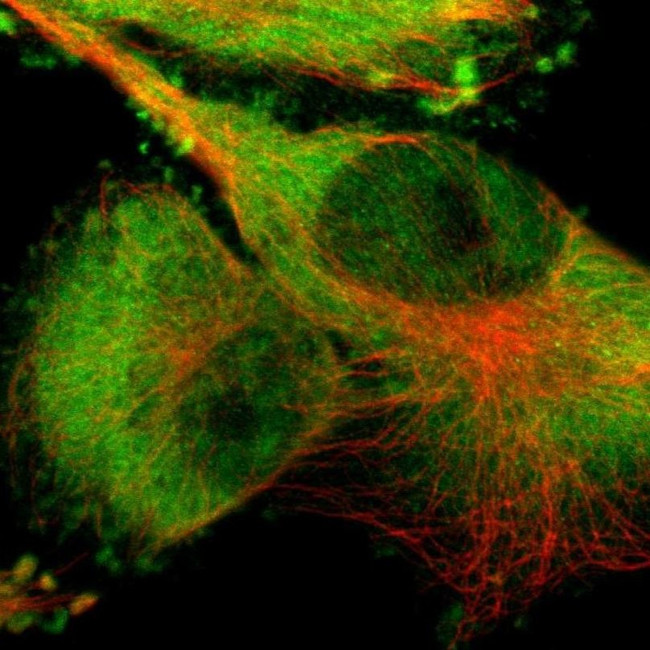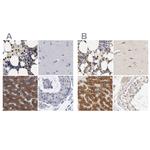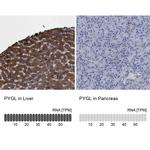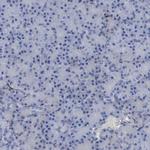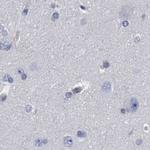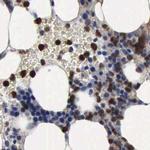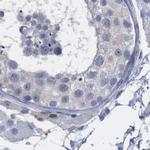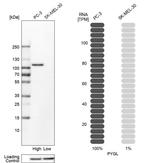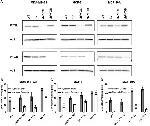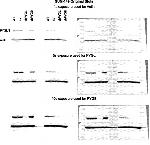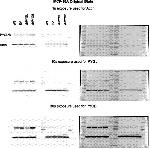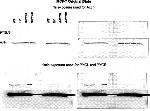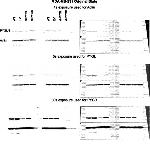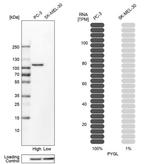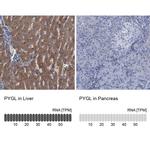Search Thermo Fisher Scientific
Invitrogen
PYGL Polyclonal Antibody
This Antibody was verified by Knockdown to ensure that the antibody binds to the antigen stated.
Product Details
PA5-51492
Species Reactivity
Published species
Host/Isotype
Class
Type
Immunogen
Conjugate
Form
Concentration
Purification
Storage buffer
Contains
Storage conditions
Shipping conditions
RRID
Product Specific Information
Immunogen sequence: MRIDDVAALD KKGYEAKEYY EALPELKLVI DQIDNGFFSP KQPDLFKDII NMLFYHDRFK VFADYEAYVK CQDKVSQLYM NPKAWNTMVL KNIAASGKFS SDRTIKEYAQ NIWNVEPSD
Highest antigen sequence identity to the following orthologs: Mouse - 94%, Rat - 92%.
Target Information
This gene encodes a homodimeric protein that catalyses the cleavage of alpha-1,4-glucosidic bonds to release glucose-1-phosphate from liver glycogen stores. This protein switches from inactive phosphorylase B to active phosphorylase A by phosphorylation of serine residue 15. Activity of this enzyme is further regulated by multiple allosteric effectors and hormonal controls. Humans have three glycogen phosphorylase genes that encode distinct isozymes that are primarily expressed in liver, brain and muscle, respectively. The liver isozyme serves the glycemic demands of the body in general while the brain and muscle isozymes supply just those tissues. In glycogen storage disease type VI, also known as Hers disease, mutations in liver glycogen phosphorylase inhibit the conversion of glycogen to glucose and results in moderate hypoglycemia, mild ketosis, growth retardation and hepatomegaly. Alternative splicing results in multiple transcript variants encoding different isoforms.
For Research Use Only. Not for use in diagnostic procedures. Not for resale without express authorization.
Bioinformatics
Protein Aliases: glycogen liver; Glycogen phosphorylase, liver form; GPLL
Gene Aliases: GSD6; PYGL
UniProt ID: (Human) P06737
Entrez Gene ID: (Human) 5836

Performance Guarantee
If an Invitrogen™ antibody doesn't perform as described on our website or datasheet,we'll replace the product at no cost to you, or provide you with a credit for a future purchase.*
Learn more
We're here to help
Get expert recommendations for common problems or connect directly with an on staff expert for technical assistance related to applications, equipment and general product use.
Contact tech support
